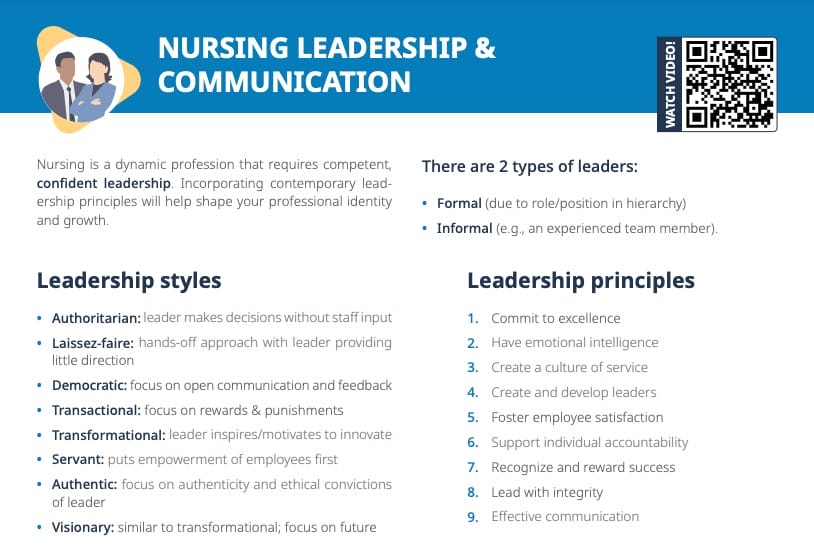What is the fundamental attribution error?
Fundamental attribution error definition
The fundamental attribution error involves the fact that we often judge other people by their behavior and outcomes while judging ourselves by our best intentions.
The fundamental attribution error is very common because it’s a shortcut our brains take to quickly make sense of someone’s behavior. We naturally focus on the person rather than the situation, especially under stress or when we lack all the information. In nursing, where time is often limited and situations can be complex, it’s easier to mistakenly attribute a colleague’s mistake or behavior to their personality instead of considering external factors like workload, system issues, or personal stress.
Fundamental attribution error example
An example would be someone cutting you off on the road: you perceive the risk this poses and assume the driver is inconsiderate and self-centered, while the driver did not intend to cut you off, urgently needed to get the turnoff, and did not see your car. You judge them by their behavior, while they judge themselves by their intentions.
How is the fundamental attribution error relevant to nursing?
The fundamental attribution error can play a big role in communication between nursing team members and be a hindrance to effective collaboration. Notably, it can be one of the greatest blenders in providing effective performance feedback.
How to give effective performance feedback
To give effective feedback, you need to acknowledge intention alongside behavior.
When addressing undesired performance, identifying outcomes and behavior while disregarding intention happens pretty easily. However, this can create tension and disconnect and can be an obstacle in influencing performance improvement. The receiver of the feedback is much more likely to become defensive and feel misunderstood if feedback is only given about the outcome, ignoring their good intentions. Taking these into consideration and looking at the full picture of what happened can aid in better understanding and collaboration in improving the behavior.
Rather than reprimanding the behavior without understanding, minding the fundamental attribution error can help you and the receiver of your feedback to bridge the gap between intention and outcome.
How to consider someone’s intentions when giving feedback
- Look at the surroundings of the performance and outcome: Was there a family member of the patient undermining the team member? Did the nurse just return from a code? Was the team short-staffed? These are not excuses but context.
- Sincerely ask about the intention without assuming: People rarely intend on being low performers or challenging colleagues. What intention actually drove the behavior?
- Inquire what you can do to help: Work with the person to better match the behavior with the intention (might be practical action steps, coaching/mentoring, or only showing support).
Related videos
Fundamental attribution error vs actor–observer bias
The fundamental attribution error and actor–observer bias are related concepts that describe errors in attribution we make when judging others’ behaviors, but they differ in perspective.
When we commit the fundamental attribution error, we tend to attribute other people’s actions to their character or personality, while underestimating situational factors, showing a general bias towards emphasizing personal factors for others’ behaviors. For instance, if a nurse sees a colleague snapping at a patient, they might think the colleague is inherently impatient, rather than considering that they are experiencing a particularly stressful day or are dealing with an emergency.
The actor–observer bias is similar, but highlights a difference in perspective between the person performing the action (the actor) and the person observing the action (the observer). As actors, we often attribute our own behaviors to situational factors, whereas as observers, we attribute others’ behaviors to their personal traits. So, if the same nurse finds themselves snapping at a patient, they might justify it by blaming a long shift or a high patient load, rather than their own patience level.
Practice question: Which of the following is an example of the fundamental attribution error?
- A nurse assumes a patient is non-adherent with medication regimen because of carelessness, not considering the patient’s limited access to the pharmacy.
- A nurse double-checks a patient’s medication against the medical order to ensure accuracy.
- A nurse educates a patient about the importance of hand hygiene in preventing infection.
- A nurse updates a patient’s care plan based on their latest blood pressure readings.
The only correct answer is 1. The nurse is attributing the patient’s non-compliance to a personality flaw (carelessness) without considering situational factors that may impact the patient’s ability to obtain medication, such as logistical challenges in reaching the pharmacy.
The other answers are not examples of the fundamental attribution error:
- 2. Medication checks are part of routine safe nursing practice, ensuring medication safety, and are not related to attributing behavior to personal characteristics.
- 3. Educating a patient about hand hygiene is a preventive measure and an educational duty, not an assessment of behavior based on personal traits.
- 4. Updating a care plan based on objective data like blood pressure readings is a clinical decision, not an attribution of behavior to personal characteristics.
